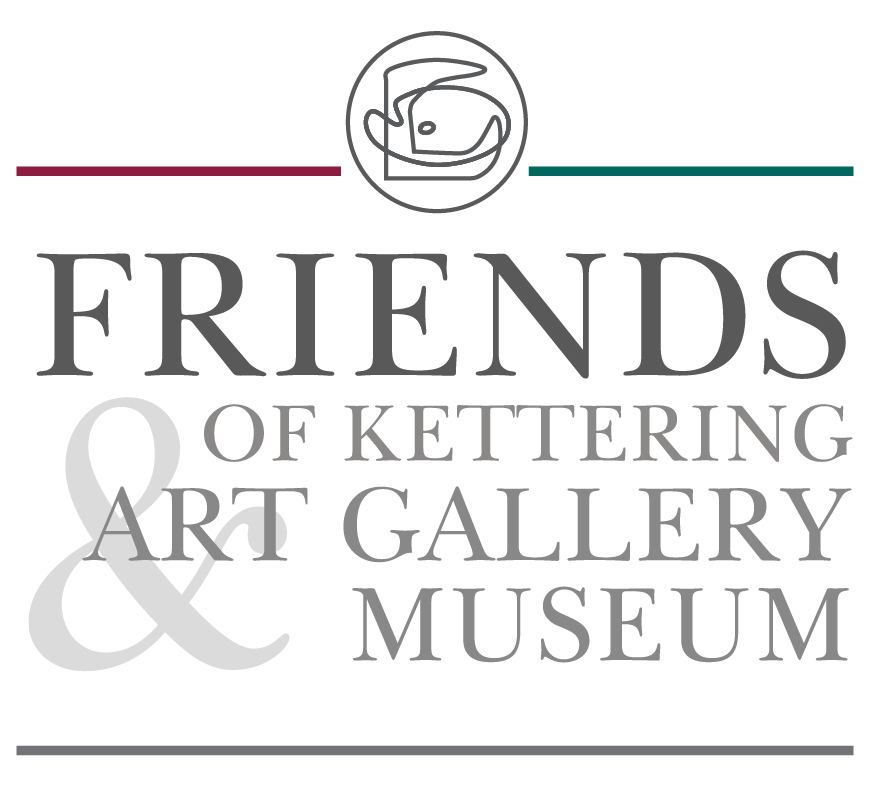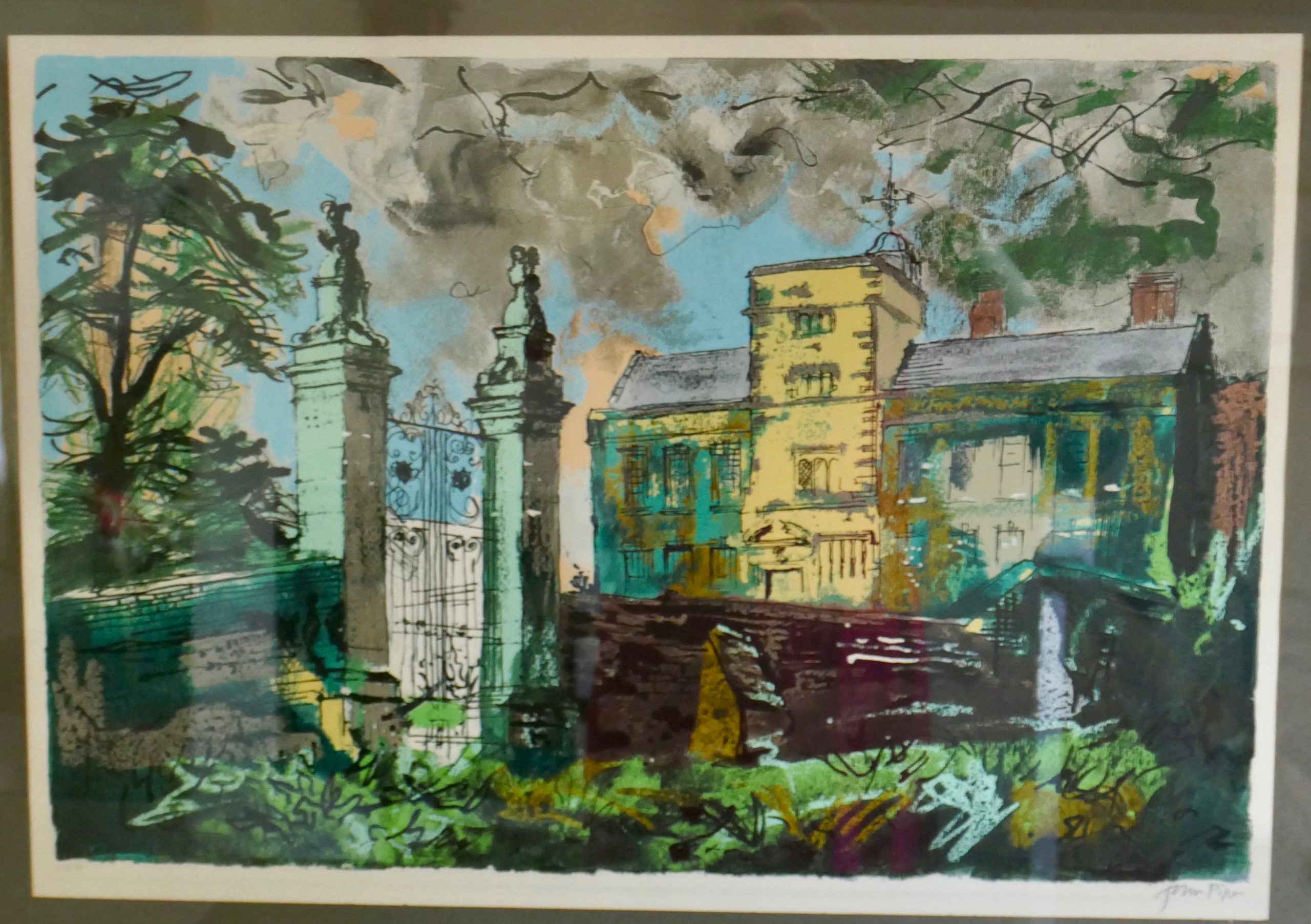John Piper, CH, (1903-1992)
Famous for his romantic landscapes, views of ruined churches, stately homes and castles, John Piper is considered to be one of the most significant British artists of the 20th Century.
Born in Epsom in 1903, Piper’s inclination to become an artist was inhibited by his father’s desire for him to join the family law firm. Following the death of his father in 1927, Piper enrolled in the Richmond School of Art and a year later the Royal College of Art, leaving without graduating in 1929.
In the early 1930s Piper exhibited with the London Group and became secretary of the Seven and Five Society which included Henry Moore, Ivon Hitchens, Ben Nicholson and Barbara Hepworth. He also made a number of trips to Paris where he befriended Alexander Calder and visited the studios of Arp, Brancusi and Jean Hélion. Surrounded by these avant-garde artists, Piper’s work of this period reflected the trend for abstraction but by the late 1930s he had returned to a more naturalistic style.
In 1937 Piper married the writer Myfanwy Evans who collaborated with him in some of his later stage work with Benjamin Britten as a librettist. Collaborations were important to Piper and fuelled his artistic output. The Shell Guides (a series of illustrated books on the British Isles) were created with the poet John Betjeman and he produced pottery with Geoffrey Eastop. Piper worked on stage designs and costumes for theatre and ballet as well as the designs for seven operas by Benjamin Britten. A versatile artist, Piper also wrote articles on art and architecture and designed stained glass windows for a number of buildings including the new Coventry Cathedral.
At the outbreak of the Second World War, Piper was commissioned by the War Artists Advisory Committee to capture the effects of the war on the British landscape. The devastation of the Blitz was easily assimilated to Piper’s personal interest in old ruined buildings. He had also lost his eldest brother in the First World War which may have made the commission particularly poignant and enabled him to respond with his deepest emotion. During these years he travelled the country, capturing the atmosphere of places. These scenes do not always directly relate to bomb-damage but reflect, in Piper’s unique way, a sense of loss and nostalgia. In 1944 he was appointed Official War Artist. Piper died at his beloved home in Fawley Bottom in 1992.
Private Collection, Kettering, Northamptonshire, UK.






